A Rock n Roller’s Guide to Designing an Audiophile Sound System
Remember that feeling when you were at a concert or club and saw a band perform an awesome live show? The lights, sound, music, and crowd all moving as one. You could feel the music as much as you could hear it. It was loud, but not too loud, sounded clean, with good dynamics and punch. Good times. I wanted to design a high resolution (i.e. audiophile) sound system that reproduced that live sound experience in my listening room.
I want club and concert sound in my listening room via streaming audio (e.g. MOG, Spotify, Zune, etc.), downloadable content (e.g. HDtracks), my LP, CD, and DVD collection, or any media type for that matter. I love live music. If I can't see the band live, maybe I can get a live recording and reproduce that experience in my listening room.
In order to reproduce this wide range of content, we need computer audio. Additionally, I want to maximize available software to perform sound recording and mixing capabilities. I am not biased towards a Mac or PC, I have heard great sound reproduction from both. In my case, I chose a PC.
I am not going to get into the design specifics of the PC build just yet. It's a mid to high end PC. You would do well with the CAPS V2. The purpose of this post is to introduce a few key concepts and criteria in designing a rock and roll sound system, with enough resolution to be called audiophile quality.
When designing the sound system, the sound quality is as important as several other design parameters. Perhaps in future posts I can pick apart each component's design and explain the decision criteria used for that design.
Media Players - there are several to choose from. In my case, I wanted one that could manage and play my digital content with some streaming capabilities. I chose JRiver Media Center mostly for its audiophile specifications. Again, it does not have to be JRiver specifically, but a media player with similar technical specifications and some level of peer approval in the community.
Use external DAC or internal sound card? In my case, I wanted to support sound recording and mixing capabilities. Having been in the recording industry, I am familiar with professional sound cards like Lynx and RME. Bottom line, don't skimp on your digital to analog conversion and the ever important analog line output stage. Every DAC will have pros and cons. Whether external DAC or one on an internal sound card, a good place to start would be the CASH list, plus member reviews to find one that suits your specific requirements.
I chose the Lynx L22 professional sound card . My requirements were to have a stereo audiophile sound card that had a 16 channel mixer, with loopback capabilities, rock solid performance, low noise, and pro level digital and analog technical specifications. Again, I am not saying just the L22, it is a good choice, but there are other brands and external DAC's that are equally good choices. As a side note, I prefer ASIO drivers in exclusive mode as the driver bypasses the normal audio path in the operating system (in my case Windows 7 Ultimate 64bit) and communicates directly with the sound card.
To preamp or not to preamp? Given that the Lynx L22 could plug directly into my power amplifiers, I could have gone that way. However, for safety purposes, and that Lynx does not recommend using digital volume controls, I chose to DIY a passive preamp by purchasing an ALPS RK27 potentiometer (volume control) and mounting it in a simple enclosure with interconnects. Cost under $80.
Power amps. There are two simple design considerations for our rock and roll scenario. One design consideration is the speakers sensitivity that you are intending to drive will determine how much output power you require. Typical audiophile speaker’s sensitivity is around 86db SPL measured at one watt at one meter distance. High efficiency speakers will start at 96db. That 10db difference to our ears = twice as loud and also = 10x as much power to drive them. This is significant, especially if you want to reach concert level peaks (maybe 110db SPL) cleanly so that the amp or speaker is not under duress and has headroom after that.
For example, in order for the 86db sensitivity rated speaker to play as loudly as the 96db speaker at 1 watt at one meter, you will need 10 watts of power. To get the 86db speaker to play at 106db, you will need 100 watts and at 116db, you will need 1000 watts of power. But by then the speakers will have likely blown up, along with our ears at that sound pressure level. Point is, depending on the speakers sensitivity you intend to drive, and its power rating, will ultimately determine how much power you will require, plus headroom.
The other design point to consider when deciding on a power amp is the class of design and operation.
Having heard many different "classes" of amplifiers, I prefer the sound of Class A. Class A amplifiers are very inefficient and dissipate a lot of heat and therefore require large heat sinks and still run hot. Class A amps take an hour to heat up and stabilize before they sound their best. Oh, but I love that type of sound.
This is a DIY Nelson Pass A40 Class A amplifier. Nelson's article on this design, parts list, construction, and measurements makes for an interesting read. The transient response and damping factor performance of this amplifier was a major decision point for me. Said another way, the amp is very fast, yet very tight sounding. Nelson designed for this as the measurements and listening prove out his design. http://www.passdiy.com/pdf/a40.pdf
I owned a pair of these Luxman MQ3600's and they sounded great too, but different than Nelson's solid state Class A design above. It would likely be my second choice or something similar in the tube category.
Aside from sound quality and class of operation, ensure you design for enough power to drive your speakers to concert level with some headroom left over. As a rule of thumb, try and find out the power rating of your speaker. For example, if it is rated for 100 watts, and you wanted 3db of headroom in your amp before clipping, then you would need a 200 watt amplifier. Then based on the sensitivity, you can figure out how loud it will go with 100 watts input, plus a 3db buffer (i.e. 200 watts) for headroom.
Speakers. My design goal is to achieve club/concert sound in my listening room effortlessly, with headroom, and with enough resolution to be considered audiophile. This means selecting speakers sensitive enough to be driven to concert levels with low distortion, high accuracy, plus headroom.
Before I get into speaker selection and design, a public safety message on sound system listening levels. I speak from experience. I spent over 10,000 hours recording and mixing records and CD's years ago. I also spent 1000's of hours on the road as a sound mixer for club and concert sound. Please, protect your ears. A good volume to listen to is 85dba SPL at the listening position. This is reasonably loud and happens to be the level that our ears hear the most balanced sound from a frequency response perspective: The SouthSIDE Of The Tracks - Glen Stephan - Independent Recording Network
Additionally, we can listen to 8 hours of music per day at 85dba SPL. The chart below details the length of time exposed at various sound pressure levels:
From: Noise - Occupational Exposure Limits in Canada : OSH Answers Note the charts are for continuous noise levels.
Anyone serious about maintaining their ear safety while listening to concert level sound, should purchase a sound pressure level meter. I would recommend a meter that is calibrated and meets industry standard specifications like this one: Amazon.com: Sound Pressure Level Meter: Electronics
When you turn up your sound system up to concert volume, turn on the SPL meter and correlate your measurements to the table above to understand your exposure level. This doubly applies to headphones as it is much easier to be too loud with your headphones because it sounds so clean. Play your headphones at your typical volume, take them off, turn on the SPL meter and place the measurement mic as close to the headphone/earbud as you think it is to your ear. This is only an approximation as the headphone or earbud is not sealed with your ear. Just like a serious photographer with a light meter, so should I with a sound level meter.
Back to speakers. I have owned all sorts over the years, Maggies, Thiels, Acoustats, Quad's, Kef's, Paradigm's Celestions, JBL's, Bose, custom builds, including several bookshelf with sub combo's. Almost all of these speakers do not have a high enough sensitivity and/or power rating and run out of gas as they approach concert levels. What to do?
Horn loudspeakers are very sensitive, typically 100db (or more) at one watt at one meter. Horns? Isn't horns and audiophiles an oxymoron? Well, years ago, horns received a deserved bad rep for poor designs and horns made out of materials that ring or color the sound. However, todays compression drivers and horns are computer designed and made out of inert materials that don't ring or color the sound. That old characteristic horn sound is gone. In my case, if you did not see the speakers with the grills removed, after hearing them, you would never believe they were horns. They sound smooth, never harsh or bright, regardless of what level I crank the amp up. In my case, I run out of watts before the speakers run out. But with the watts I do have, I can reach (theoretical) peak of 118db spl.
If you want club and concert rock and roll sound, the bigger the speakers, the better. An analogy to engines, there is no substitute for cubic inches applies here. You can't beat the laws of physics. I personally like large floor standing 3-way full range speakers with no subwoofers. Not that I am against subwoofers, but it takes a lot of effort to properly set up a sub and have it seamlessly integrate with the mains.
Just to comment a little more about bookshelf speakers and sub combos. This has been my experience. Here is a test you can perform on your own system. Put on your favorite rock and roll, blues, grunge, metal, rip, whatever - something that has dynamic and punchy drums and bass. Turn it up. Can you feel the punch of the snare drum in your chest? That snare drum thwack is centered between 100Hz to 300Hz depending on the type of snare drum and how it was tuned. http://home.earthlink.net/~prof.sound/id12.html
The problem is that a 6" or 8" mid/woofer in most 2 way bookshelf speakers don't do so well on snare drums or drums in particular. The physical speaker and cabinet sizes are too small to really come through with a proper timbre bottom end snare sound. The subwoofer has little impact in this frequency range. If you have played drums or stood in front of a drum kit as it is being played, you can "feel" the transient impact of the bottom end snare and tom tom sounds in your chest. That sensation is mostly missing in a bookshelf/sub combo set up, even though they are the most popular set ups around.
I prefer a big tight cone (accordion surround, not foam or butyl rubber surround) driver to cover the bass and lower midrange like a 15" driver from 500Hz on down. In a properly designed "big" cabinet, I can get low frequency rumble of the bass plus really good transient impact and punch from the drum kit. Here is an example of a large 3 way full range loudspeaker:
Cornwall III Floorstanding Speaker | Klipsch
If you read the specs you will see a full range frequency response with a very high sensitivity of 102db. Another audiophile has written an excellent test review of the Cornwall at: http://sites.google.com/site/mitjaborko/Klipsch_Cornwall_Test_Report.pdf?attredirects=0 Also attached.
Sure it is a big box, and people immediately think boomy. However, if you look technically at Paul Kilpsch's designed bass reflex box, he tuned it for maximum transient response as opposed to low frequency extension (i.e. Thiele/Small QB3 alignment). With this cabinet design, plus the woofer being 15" at 4 ohms (efficient enclosure design matched with efficient designed driver), all contribute to keeping up with the mid and high frequency horns in order to achieve that overall high efficiency and fast transient response. I have a great deal of respect for the "Dope from Hope". See attached PDF for some good reading from someone I feel was way ahead of his time. Note the dates of the newsletters.
A similar design, but with updated crossovers, compression drivers, and horns is Bob Crites custom designed "Cornscala". The Cornscala is taking the best parts of the Klipsch Cornwall and La Scala and putting it together. A good read about these are here: Cornscala? | Critesspeakers.com As my wonderful wife said, as we were heaving 125lbs of speaker into the listening room, "it's bigger than the dishwasher... it's bigger than the stove!"
I own these and could not be happier. Note the midrange horn is as big as the 15" woofer. The dynamic impact and solid punch of these speakers are nothing short of feeling like being at a live concert or club. They can effortlessly produce 110db peaks with no sign of strain or distortion. Using state of the art Digital Room Correction, they reproduce sound from 20Hz to beyond my hearing range +-3db at the listening position.
Big floor standing speakers used to be popular and then bookshelf’s and subwoofers more or less took over the market. That is too bad. As mentioned earlier, getting the range of 100Hz to 300Hz, where drums (and upper range of bass guitar) have their maximum punch is hard to get with this combo. With subs, I can feel the low end bass and bottom of the kick drum, but the chest impact of the drums is too high in frequency for a sub to participate in and (usually) too much for a 6" bookshelf speaker to handle a 110db peak. I am not saying it isn't possible, but problematic.
In my case, the design choice of a power amp that has fast transient response, yet total control over any ringing (i.e. damping factor), combined with really high sensitivity speakers, with low distortion, and fast transient response, makes for very dynamic sound output. Especially relevant when the majority of our sound sources are overly compressed or enhanced for iTunes. But when I get a good dynamic range recording, the reproduced sound impact and punch can be both felt and heard. Feels like being at the club or concert.
A couple of caveats to this article. This is high level design guidance and I have glossed over many details. The critical design factors to reproducing club or concert sound that you can hear and feel is to ensure you have big enough and sensitive enough full range speakers and enough amplifier power to drive them to concert levels, effortlessly, and have headroom.
Modern horns and compression drivers that have been computer designed and made out of modern materials bear little resemblance to the "horn" sound of the past. Today you can get high sensitivity, low distortion, fast transient response, and high resolution sound quality in these type of speakers.
Additionally, almost all modern cinema, live club, and concert sound is reproduced by arrays of horn speakers. In some cases, using the exact same pro sound components as used in my own speakers.
Remember, when you are enjoying concert sound pressure levels, keep your sound level meter on and check the chart for exposure times. Your ears are irreplaceable.
Enjoy your concert!<p><a href="

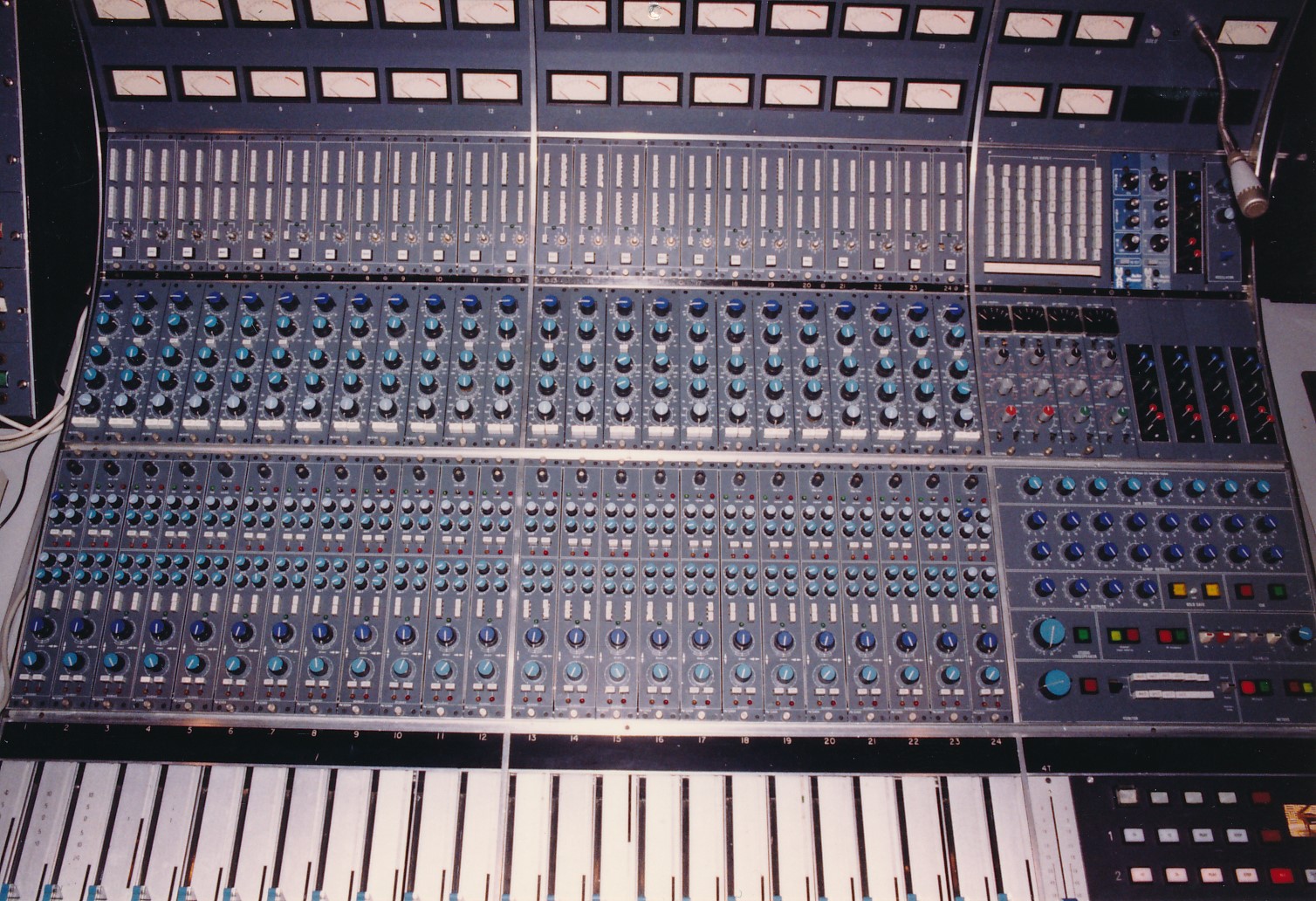

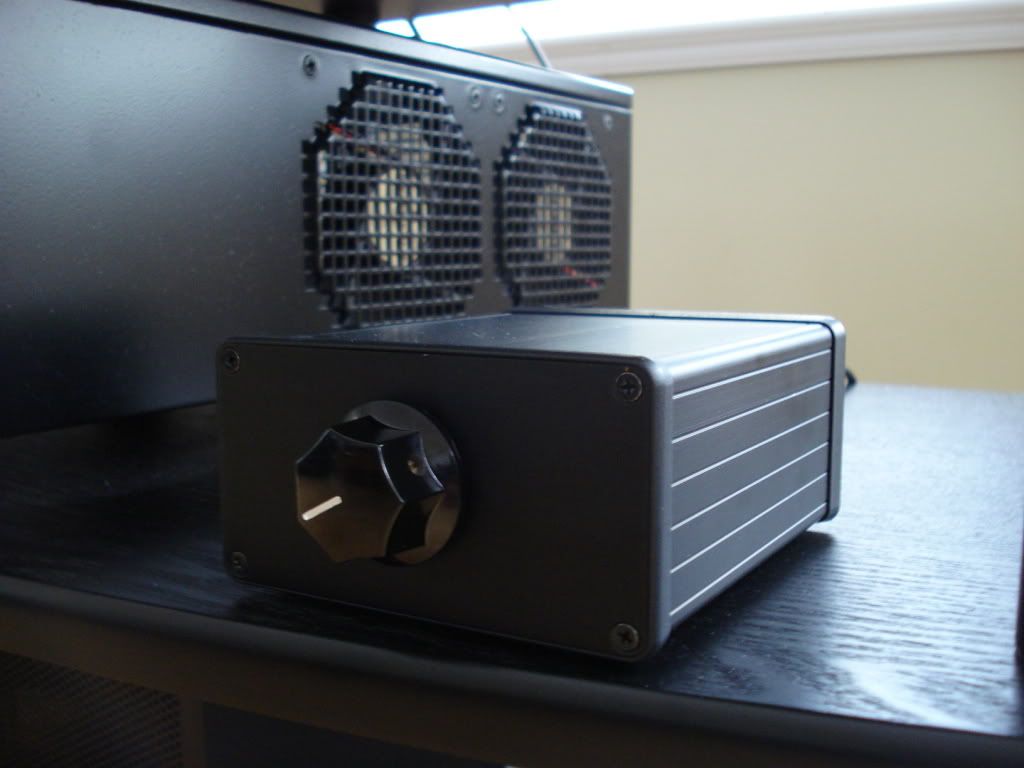

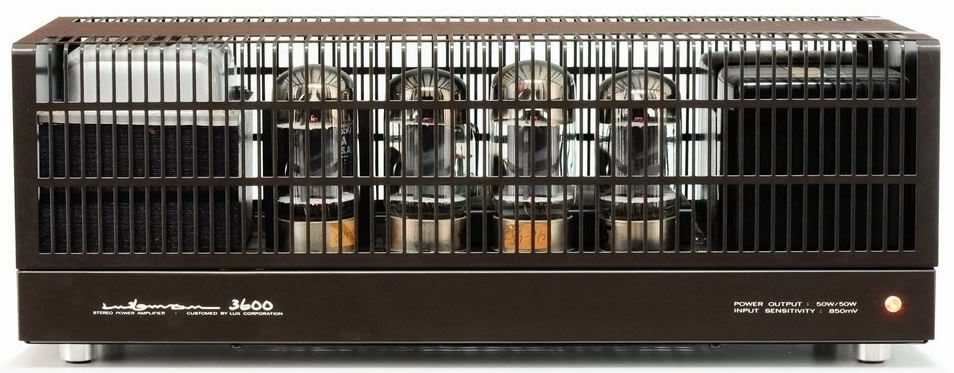
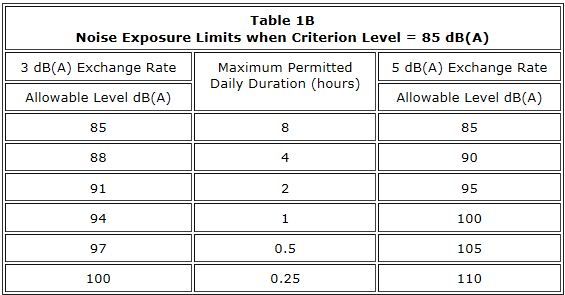
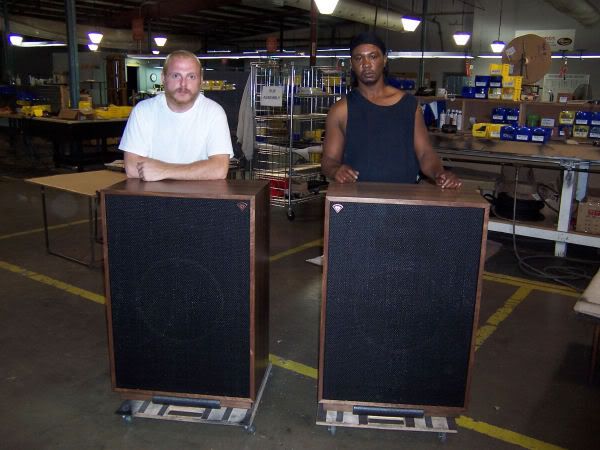
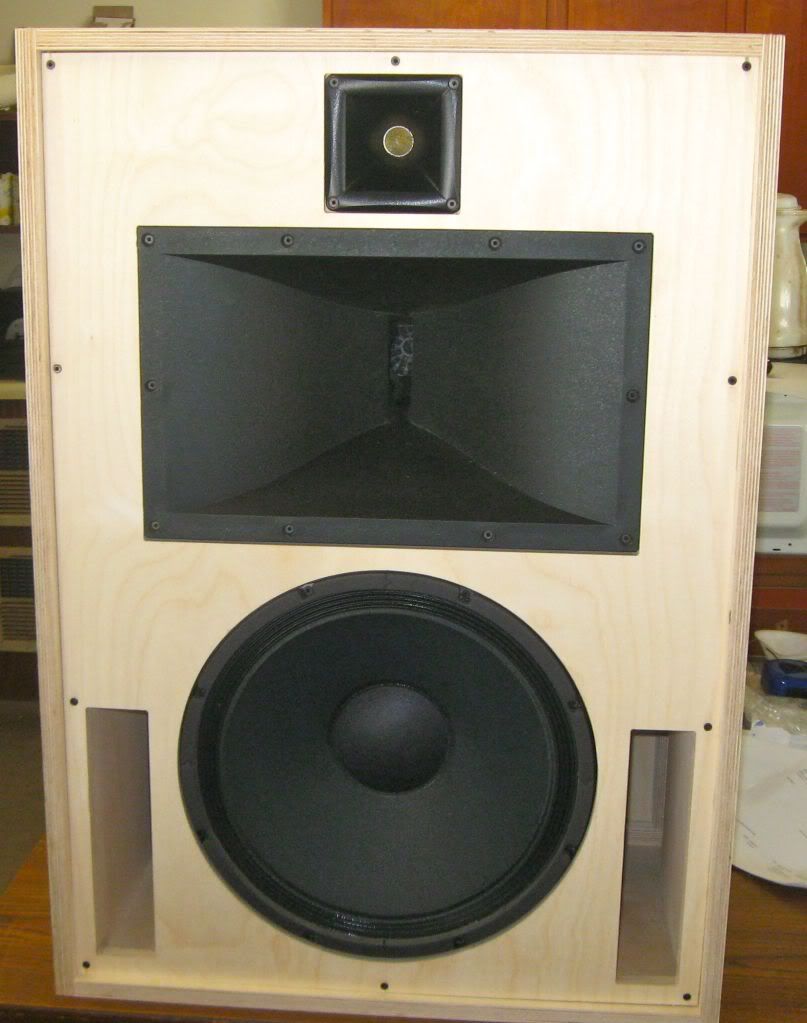
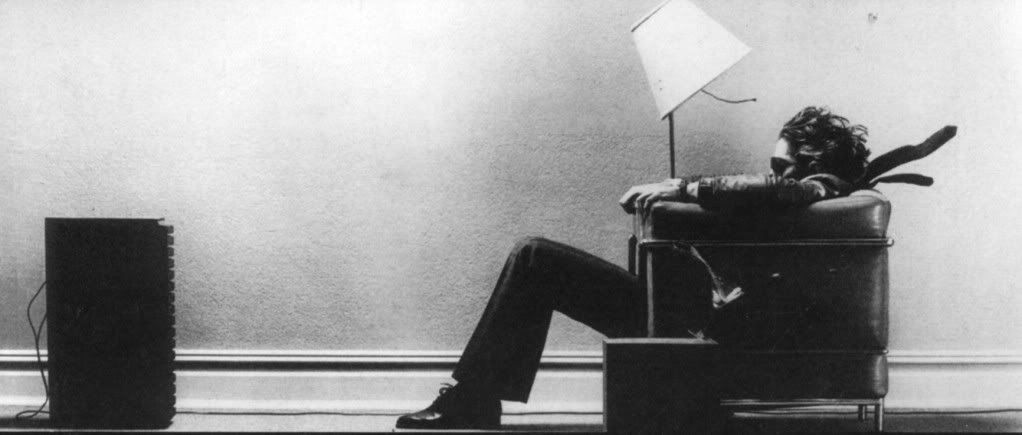








12 Comments
Recommended Comments